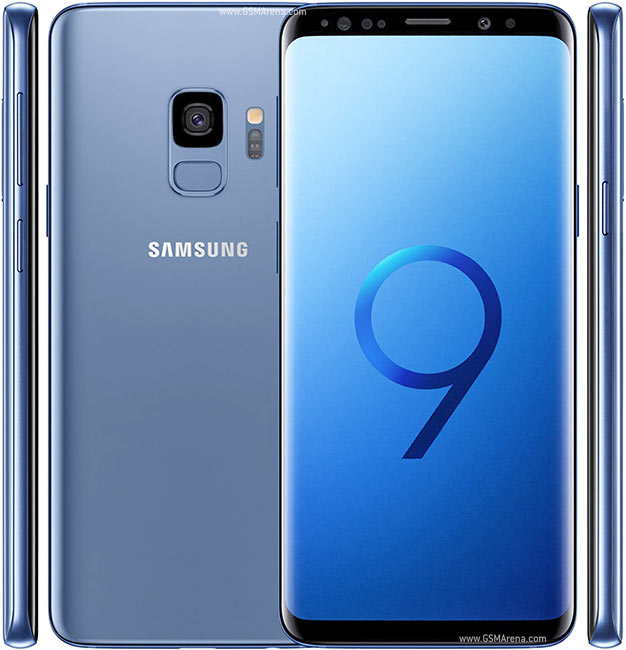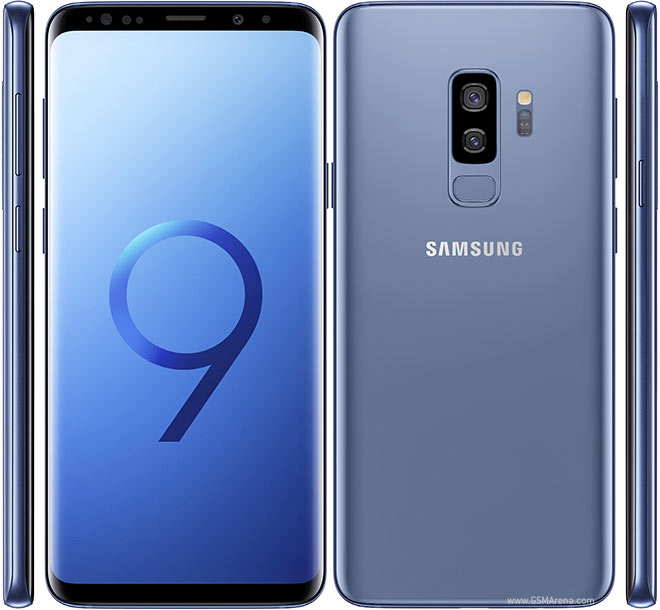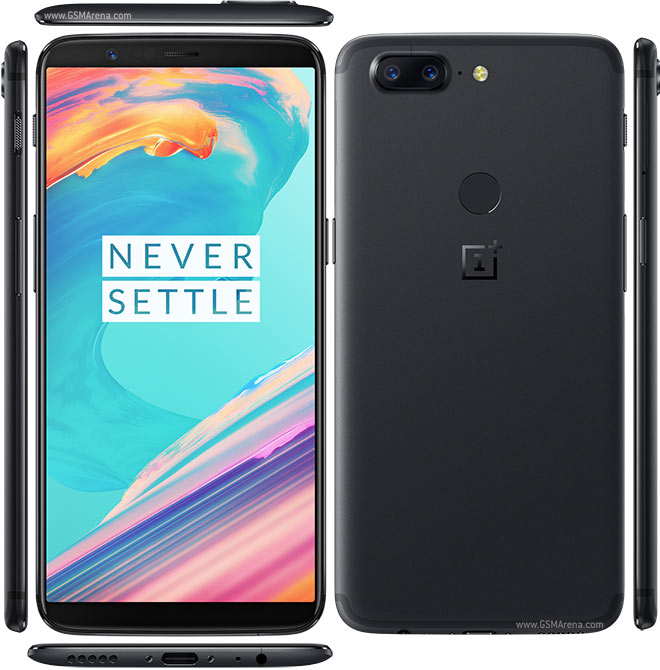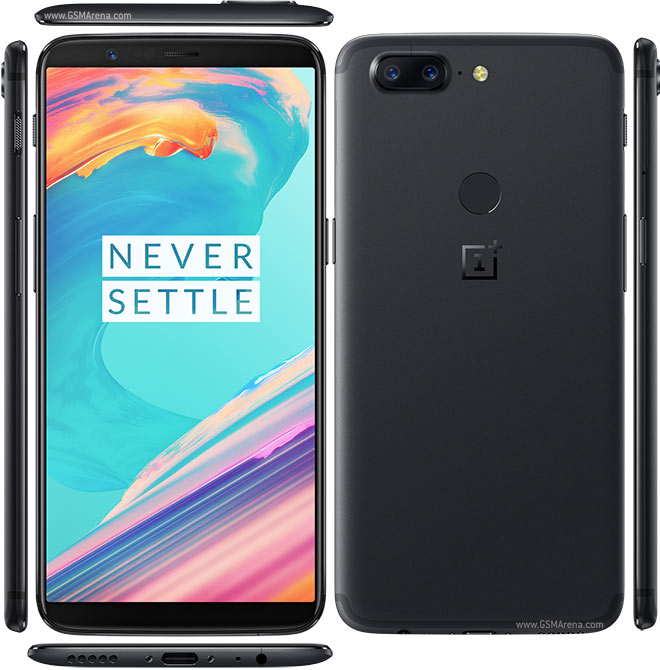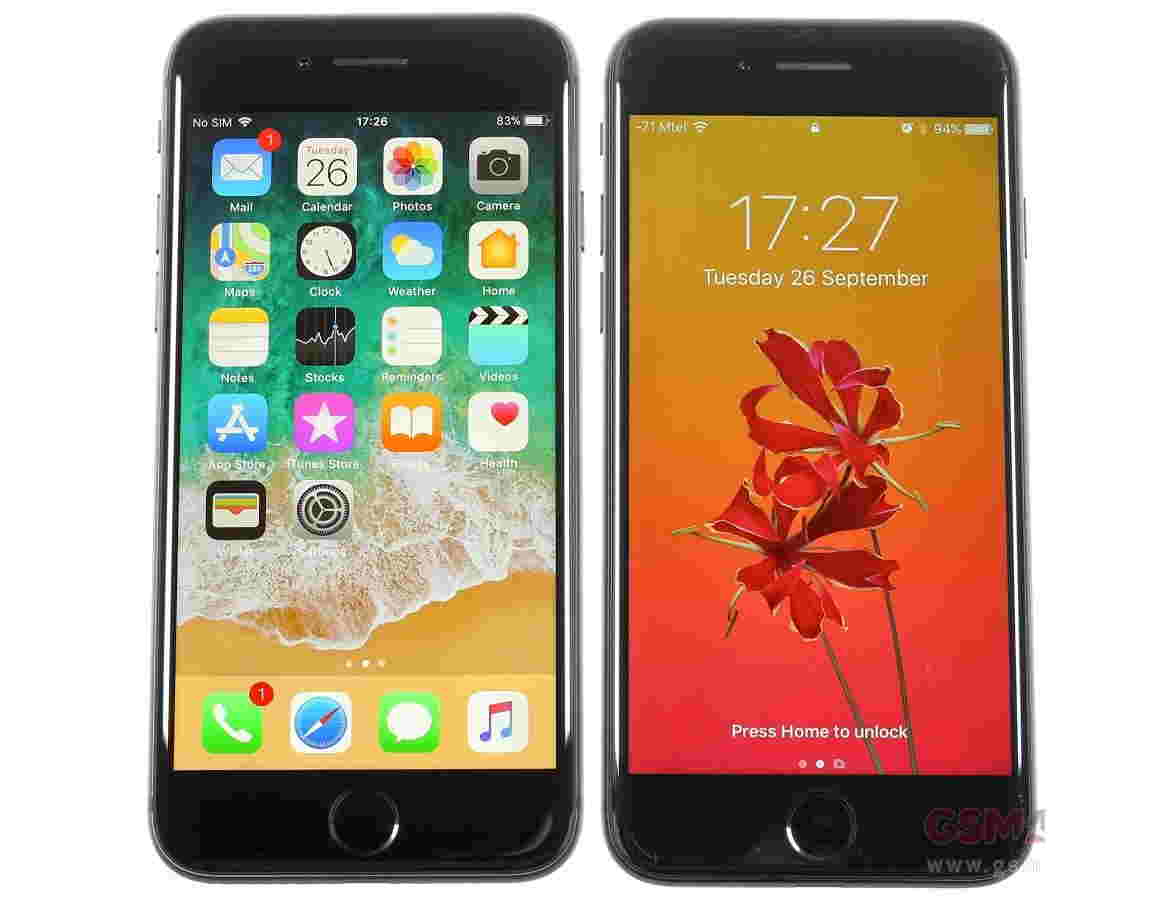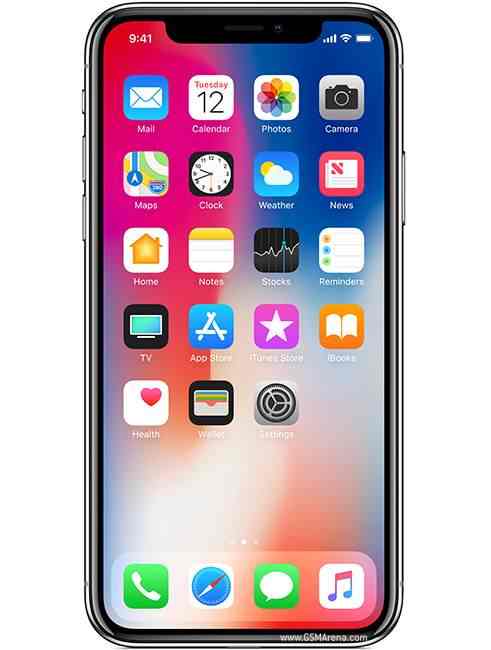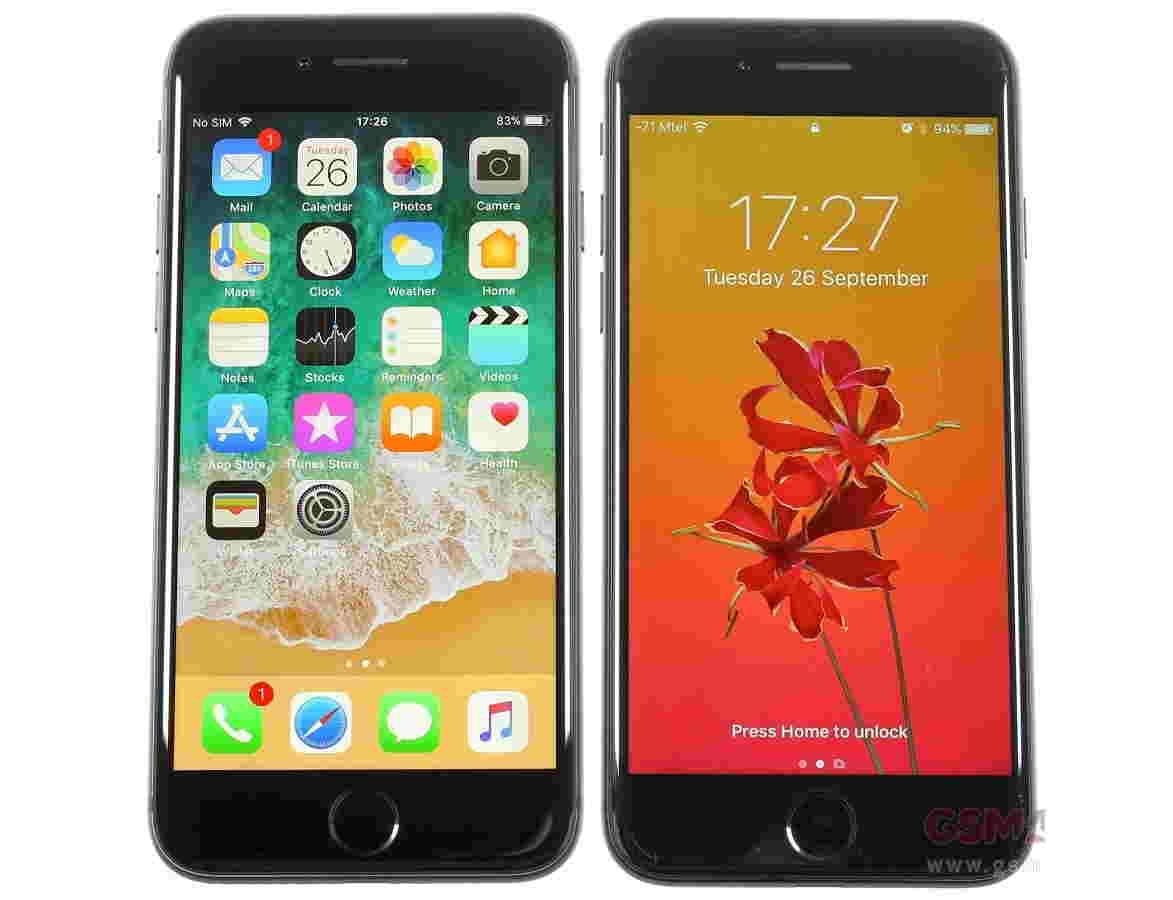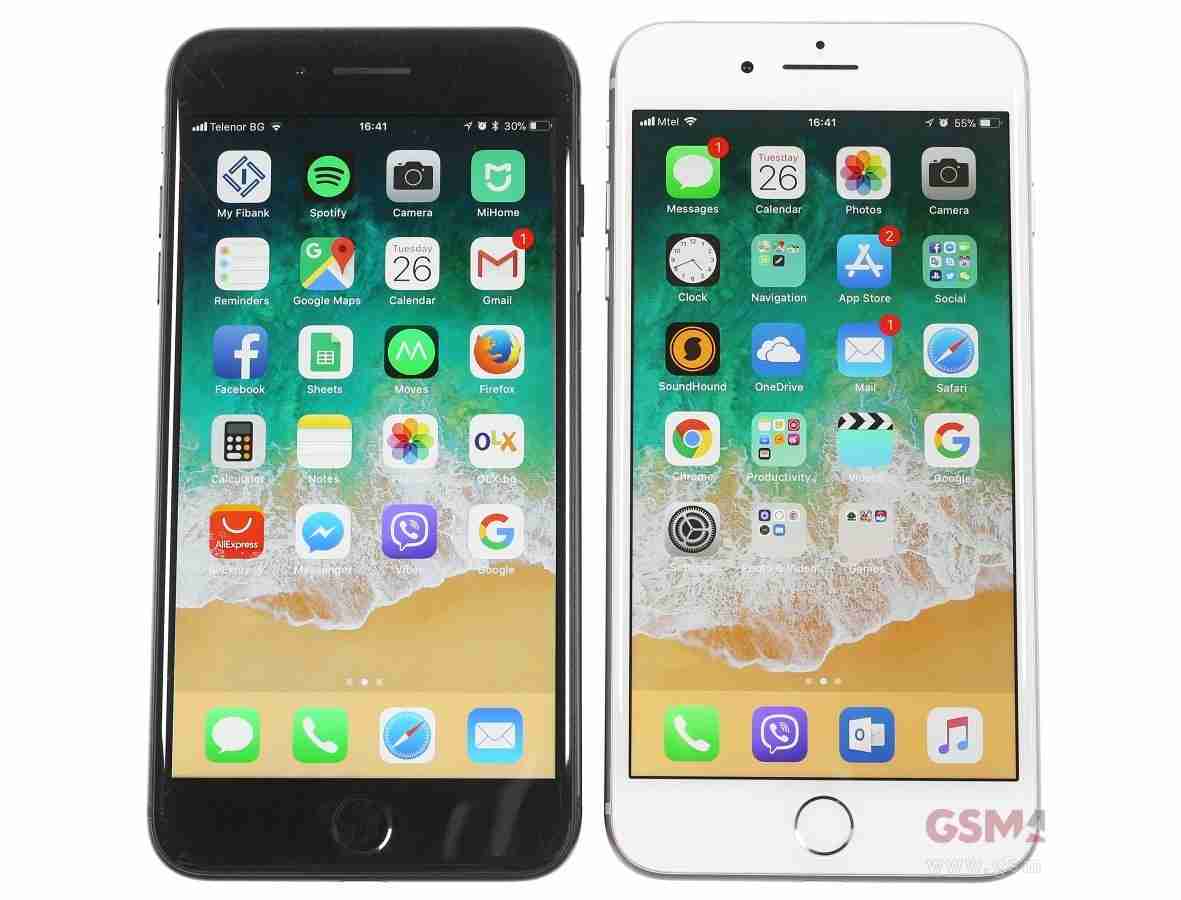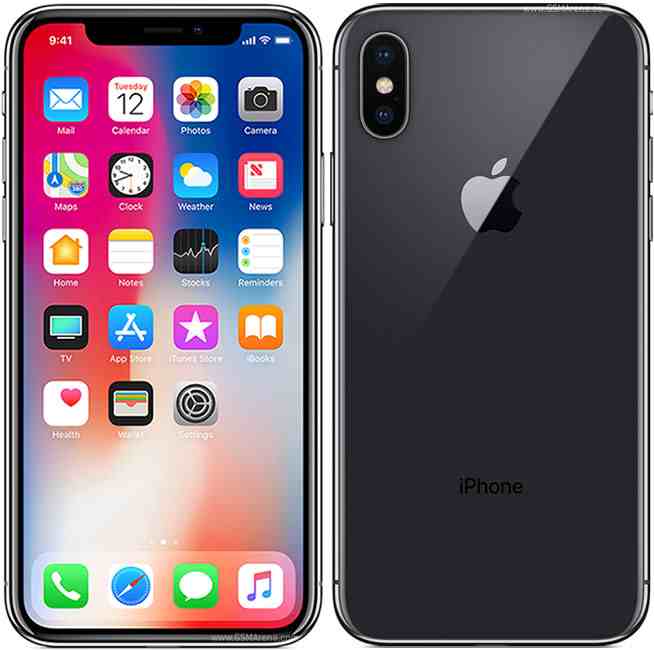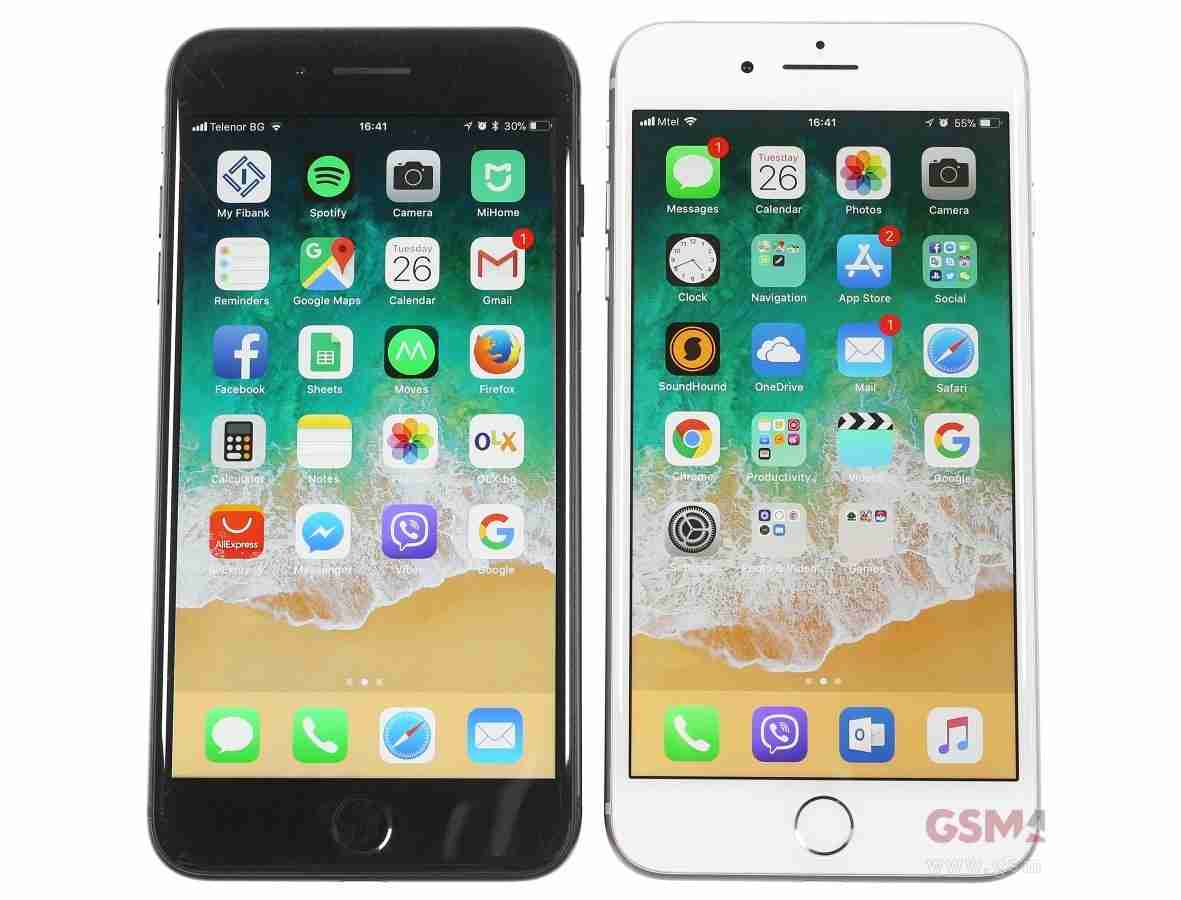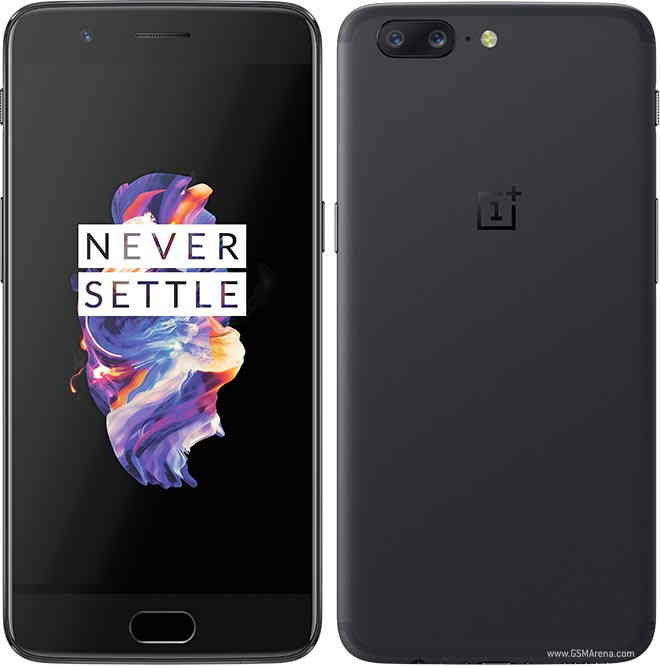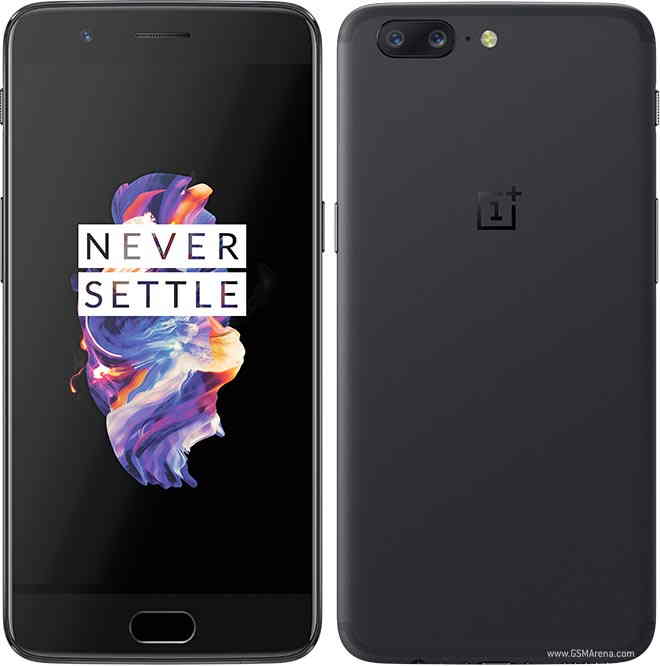Google is closing its Glass Explorer Programme, but this is not the end for Google Glass. Here's everything you need to know about the wearable tech, including Google Glass UK release date, price, specs and more, including how to buy Google Glass.See also:Google Glass Explorer Edition 2.0 review.
How to buy Google Glass today
Google has confirmed Google Glass will go offsale in its online store on 19 January. Between now and then if you're over 18 you can still pick up a pair in the UK for £1,000; after this date we expect eBay will become a hot selling ground for Google Glass. Note that the version on sale in the UK is still just a prototype/beta version, and you might be better off waiting for Google Glass 2 to become available. Also see: Best Google Glass apps.
In a Google post it wrote: "We’re closing the Explorer Program so we can focus on what’s coming next. January 19 will be the last day to get the Glass Explorer Edition. In the meantime, we’re continuing to build for the future, and you’ll start to see future versions of Glass when they’re ready."
What is Google Glass?
Google's Project Glass is the next step in wearable technology from smart watches. In simple terms, Google Glass is the technology behind a smart pair of glasses. Right now only Google makes Google Glass hardware (although other manufacturers are launching rival products - see Google Glass vs Sony SmartEyeglass vs Toshiba Glass), but in the future it expects spectacles manufacturers to make the hardware using Google's own software and third party apps. Read: Samsung to rival Google Glass with Galaxy Glass.
The current, Google-made glasses don't have lenses but instead has a battery powered heads-up display (HUD) which sits just above the right eye. You simply glance upwards to view what's on the display. It's a bit like having yoursmartphone built into a pair of glasses, and in the future prescription glasses wearers will be able to add Google Glass tech to their bins.
Google's Project Glass was announced in 2012 as a concept which many pigeon holed as 'vapourware', something which would never come to fruition. It was given the unofficial name of 'Google Goggles'. However, Google has continued development as is well on the way to launching Google Glass fully to the public. See also: Google Glasses All Hype or Reality?
"We think technology should work for you - to be there when you need it and get out of your way when you don’t." said Google.
"A group of us from Google[x] started Project Glass to build this kind of technology, one that helps you explore and share your world, putting you back in the moment."
See also: Google Glass specs revealed along with Android app.

Google Glass: Release date
Google Glass has been available to buy in the UK for some time now, but as a beta or prototype version. Google will take it off sale on 19 January 2015, but Google Glass 2will arrive later this year.
Google Glass: Price
Google charges developers and testers $1,500 (or £1,000 in the UK) for Google Glass. A finished or consumer-ready version of the original Google Glass was expected to cost less, but will now never arrive.
What can Google Glass do?
With the combination of the HUD, a camera, microphone and GPS, Google Glass can carry out various tasks – much like a smartphone. To get a list of options you say 'ok glass'.
From here on you can use your voice to operated Google Glass. For example, it can take a picture if you say 'take a picture' or send a message which you dictate. It can also record video, provide information via a Google search, give directions, translate your voice and perform a Google Hangout video call.

Additionally, with Google Now, Google Glass can provide information before you even attempt to search for it. For example, it can provide details of a flight. Developers are also creating apps for Google Glass so there's plenty of potential for other functions.
What is the specification of Google Glass?
As we've mentioned the device will come with a heads-up display, camera, microphone and GPS. Here are the official specifications for Google Glass.
Google Glass: Specs
Fit
• Adjustable nosepads and durable frame fits any face.
• Extra nosepads in two sizes.
Display
• High resolution display is the equivalent of a 25 inch high definition screen from eight feet away.
Camera
• Photos - 5 MP
• Videos - 720p
Audio
• Bone Conduction Transducer
Connectivity
• Wifi - 802.11b/g
• Bluetooth
Storage
• 12 GB of usable memory, synced with Google cloud storage. 16 GB Flash total.
Battery
• One full day of typical use. Some features, like Hangouts and video recording, are more battery intensive.
Charger
• Included Micro USB cable and charger.
• While there are thousands of Micro USB chargers out there, Glass is designed and tested with the included charger in mind. Use it and preserve long and prosperous Glass use.
Compatibility
• Any Bluetooth-capable phone.
• The MyGlass companion app requires Android 4.0.3 (Ice Cream Sandwich) or higher. MyGlass enables GPS and SMS messaging.
Does Google Glass work with normal glasses?
The Explorer edition of Google Glass isn't compatible with regular glasses. However, Google has launched its range of prescription frames which includes two 'twist-on' sunglasess. It's called the Titanium Collection and consists of four different 'feather-light' styles - thin, bold, curve and split.
The prescription frames are priced at $225 on top of the regular price of Google Glass.
"We started with five colors and an overall design that could fit a wide range of Explorers, their lifestyles and interests. Today, we’re expanding our offering to a new group of Explorers, those who wear prescription glasses and enjoy sunglasses. The four new Glass frames and three shades will give even more people the opportunity to make Glass their own." said Google.

Is there a Google Glass app?
Yes. Google has launched an app called MyGlass to go with Google Glass. It requires Android 4.0.3 Ice Cream Sandwich or later. It can be used to configure and manage Google Glass.
What colours of Google Glass are there?
Google Glass is available in five colours; Charcoal, Tangerine, Shale, Cotton and Sky. In other words; black, orange, grey, white and blue.

Follow Chris Martinand@PCAdvisoron Twitter.





